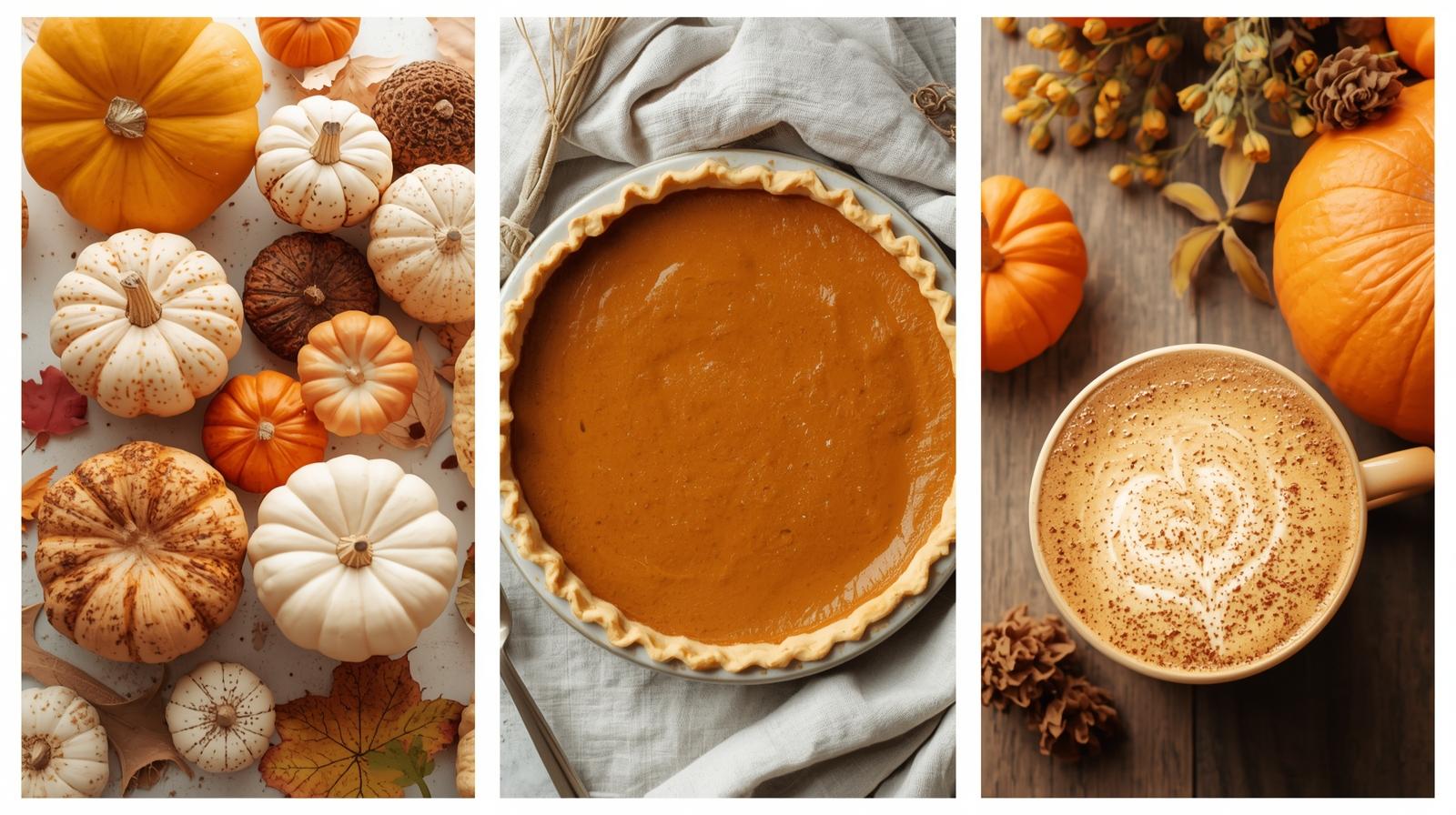
When the first crisp breeze of autumn rolls in, one thing dominates every store shelf, coffee shop, and social feed — pumpkins. From lattes to candles to front porch décor, it’s clear the pumpkin has become the unofficial mascot of fall. But how did this orange squash steal the season from apples — the original fall favorite?
A Slice of Autumn History
Before the pumpkin craze, apples reigned supreme. Apple orchards, cider presses, and pie-baking traditions defined the harvest season for generations. But while apples had a long history, pumpkins had something more powerful waiting in the wings: iconic American symbolism.
Pumpkins have deep roots in Native American agriculture, used for food, storage, and even decoration. When early colonists arrived, they quickly adopted the pumpkin for its versatility — it could be roasted, mashed, or baked into pies that graced early Thanksgiving tables. By the 1800s, the pumpkin wasn’t just food — it was a symbol of the American harvest spirit.
The Power of Pumpkin Pie and Nostalgia
No fall food has more emotional pull than pumpkin pie. It’s tied to Thanksgiving — a holiday built on gratitude, family, and tradition. Over time, that connection anchored pumpkins as the flavor of nostalgia.
When brands realized how powerful that emotional tie was, they bottled it up — literally. From pumpkin spice candles to the now-famous Pumpkin Spice Latte, it became more than a flavor — it was a feeling.
Pumpkin spice screams cozy sweaters, bonfires, and falling leaves. Apples? They just couldn’t compete with that level of seasonal mood.
Marketing Magic and the Pumpkin Takeover
The real turning point came in the early 2000s when Starbucks launched the Pumpkin Spice Latte (PSL). What started as a seasonal drink quickly became a cultural phenomenon, sparking an avalanche of pumpkin-flavored everything: muffins, cereal, beer, body lotion — you name it.
Once social media picked it up, pumpkins became the visual symbol of fall. Their warm orange color photographed beautifully, fitting perfectly into the autumn aesthetic. Before long, brands and influencers alike pushed pumpkins front and center while apples faded quietly into the background.
The Apple’s Quiet Comeback
Apples still have their loyal fans — think fresh cider, caramel apples, and orchard trips — but their image leans more rustic than trendy. Pumpkins, meanwhile, represent modern fall culture — cozy yet chic, nostalgic yet marketable.
Still, there’s a subtle shift happening. More people are revisiting apple picking and heritage cider-making, bringing apples back into the fall spotlight, even if pumpkins still dominate the stage.
Why Pumpkins Will Always Win Fall
At the end of the day, pumpkins won because they’re versatile, symbolic, and emotional. They tie together harvest tradition, American history, and sensory nostalgia — all wrapped up in one perfectly Instagrammable package.
So next time you sip that pumpkin spice latte or light your favorite pumpkin candle, remember — you’re not just celebrating a trend. You’re part of a story that’s been centuries in the making.
Lisa Crow contributed to this article. She is a true crime junkie and lifestyle blogger based in Waco, Texas. Lisa is the Head of Content at Gigi’s Ramblings and Southern Bred True Crime Junkie. She spends her free time traveling when she can and making memories with her large family which consists of six children and fifteen grandchildren.